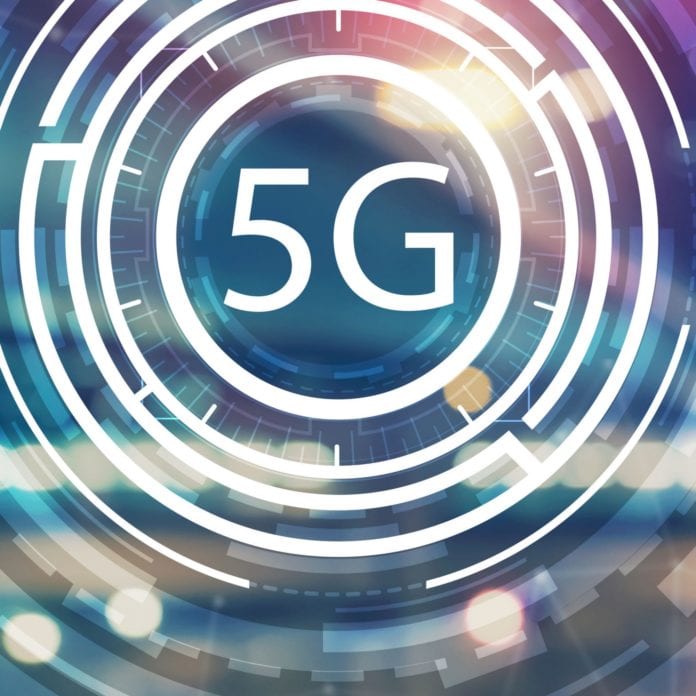If there’s a silver lining for 2020, Ookla may have found it: “Massive expansions and huge improvements” in 5G networks around the world during the course of the year.
“The rapid expansion of 5G in countries across the globe was a bright spot in a year that needed one,” wrote Isla McKetta, head of content for the analysis and crowd-sourced data firm in a new blog post. “But,” she continues (because there’s always a “but” in 2020) “just how great is the news?”
On a global basis, pretty great. On a global basis, 5G download speeds are nearly 1000% faster than 4G, at more than 200 Mbps. Median upload speed over 5G was 311% faster than 4G, or nearly 30 Mbps, according to Ookla’s numbers. And it had quite a few numbers to crunch: In the third quarter alone, there were more than 4.3 million Speedtest results from 5G networks, showing that customers are eager to put 5G to the test.
On the basis of the speeds achieved by the top 10% of fastest users in a country, Ookla concluded that the United Arab Emirates had the fastest 5G download speeds, at an average of 960 Mbps, followed by Saudi Arabia, Norway, Spain and Japan. When countries were compared on a median 5G download speed which most 5G users would experience, Norway came out on top at about 550 Mbps, followed by the UAE, South Africa, Saudi Arabia and South Korea.
The U.S. didn’t make the top 10 in either of those speed categories. In Ookla’s analysis of 18 world capitals where 5G is deployed, Washington, D.C. showed up 17th with a median 5G download speed of around 97 Mbps. Comparatively, the first-place finisher, Abu Dhabi, UAE, had median 5G download speeds of nearly 547 Mbps.
Ookla also looked at 5G deployments in G7 nations (excluding France, which only recently launched 5G commercially). Of those nations, Italy had the fastest 5G, with a median download speed of around 230 Mbps — but users also had only a small chance of encountering a 5G network, with time spent on 5G coming in at 0.9%. In contrast, the U.S. had the slowest 5G median speed among G7 nations, 64 Mbps. 5G-capable devices spent nearly 15% of their time on 5G networks, which was about double that of the closest competitor, Canada (where 5G devices spent 7.5% of their time connected to 5G networks).
5G network availability was the bright spot for the U.S. 5G-capable devices spent nearly 15% of their time on 5G networks, which was about double that of the closest competitor, Canada (where 5G devices spent 7.5% of their time connected to 5G networks). The U.S. also led the global pack in the number of cities where 5G networks are available: 7,583 cities, far outstripping the second-place finisher (Germany, with 2.312).
As of the third quarter of 2020, Ookla said that 99 countries have 5G networks available, and there are 5G network deployments (commercial, limited availability and pre-commercial) in more than 14,600 cities around the globe.
“5G is radically changing the speeds and capabilities of mobile networks around the world. If the current growth rate continues, it won’t be long before most nations have access to 5G,” McKetta wrote, although she acknowledged as well that there are nations and “subsets of subscribers who may not see the benefits of 5G for years to come.”

